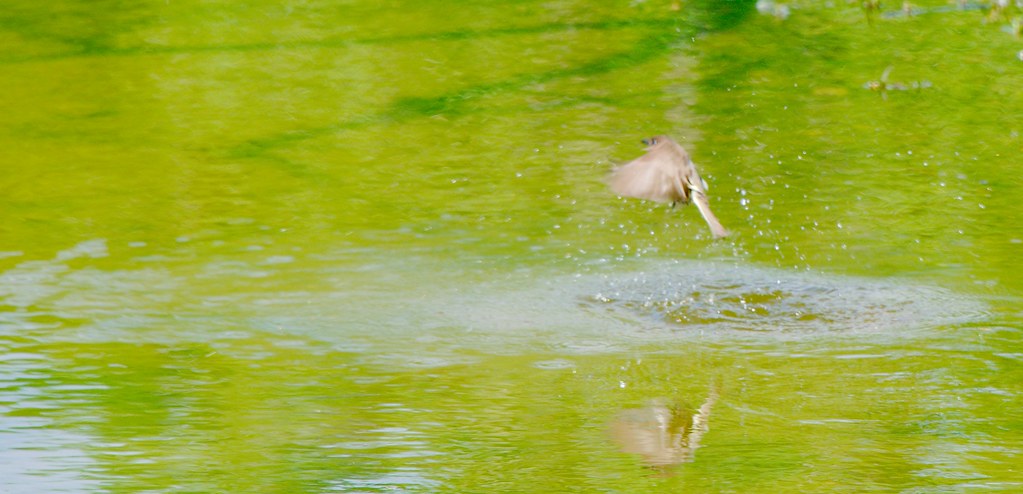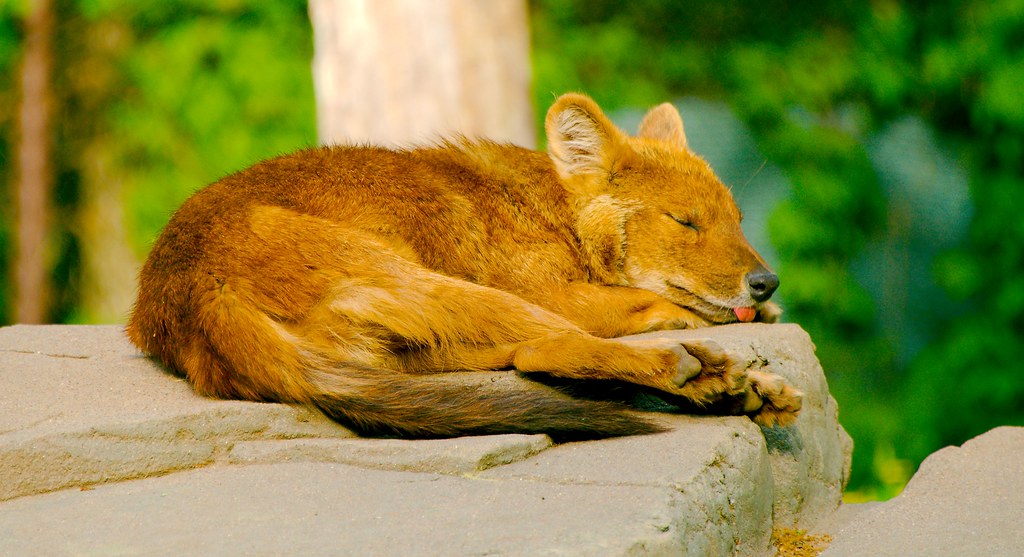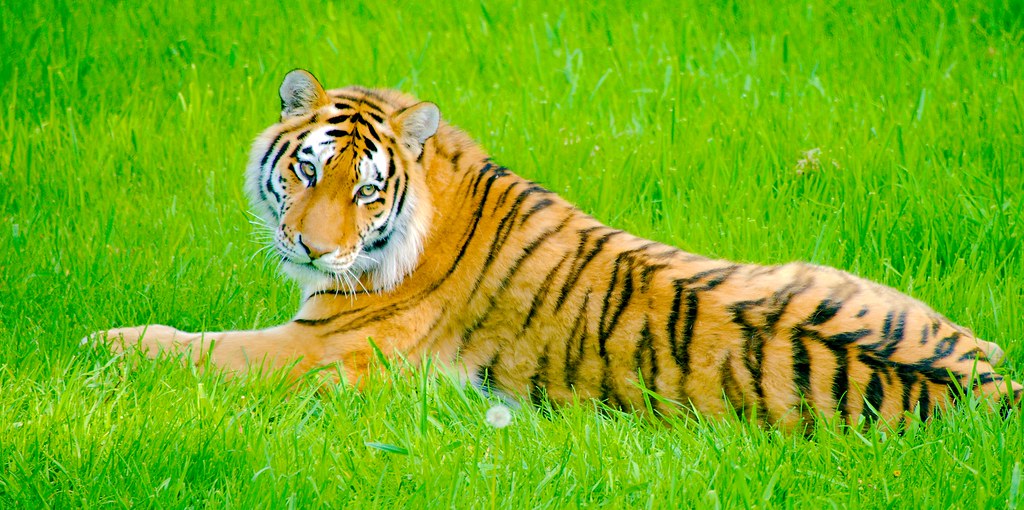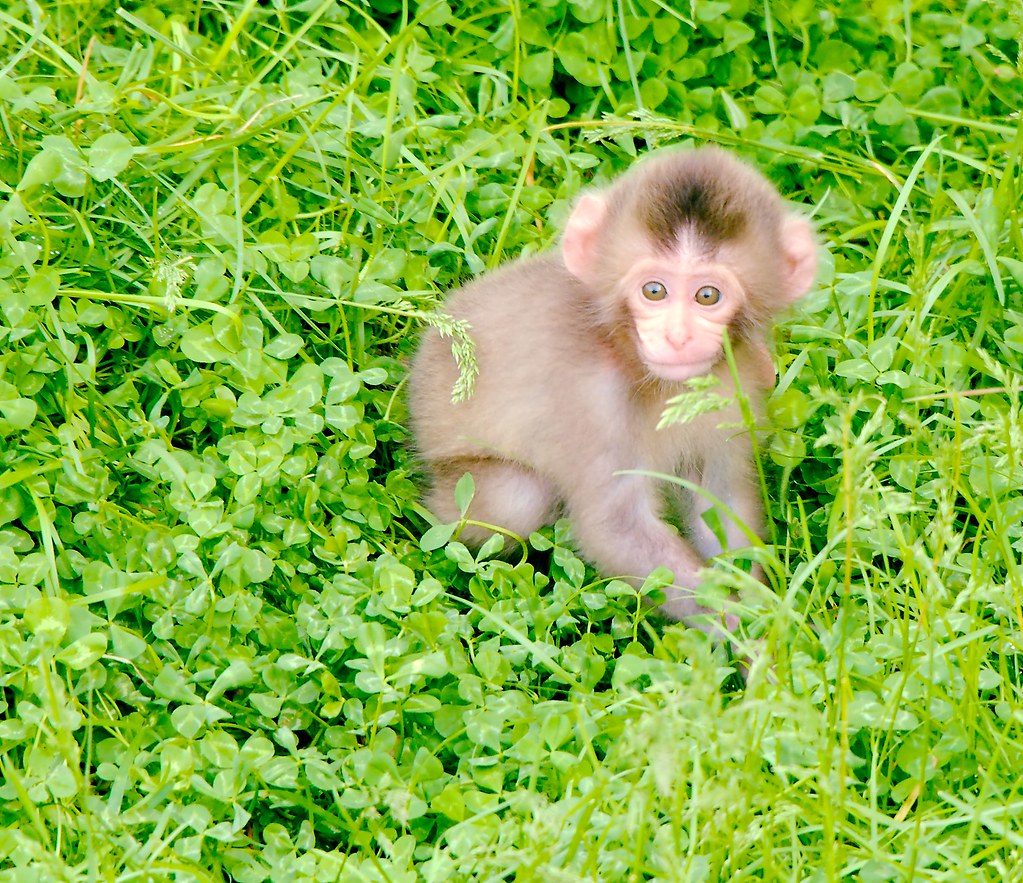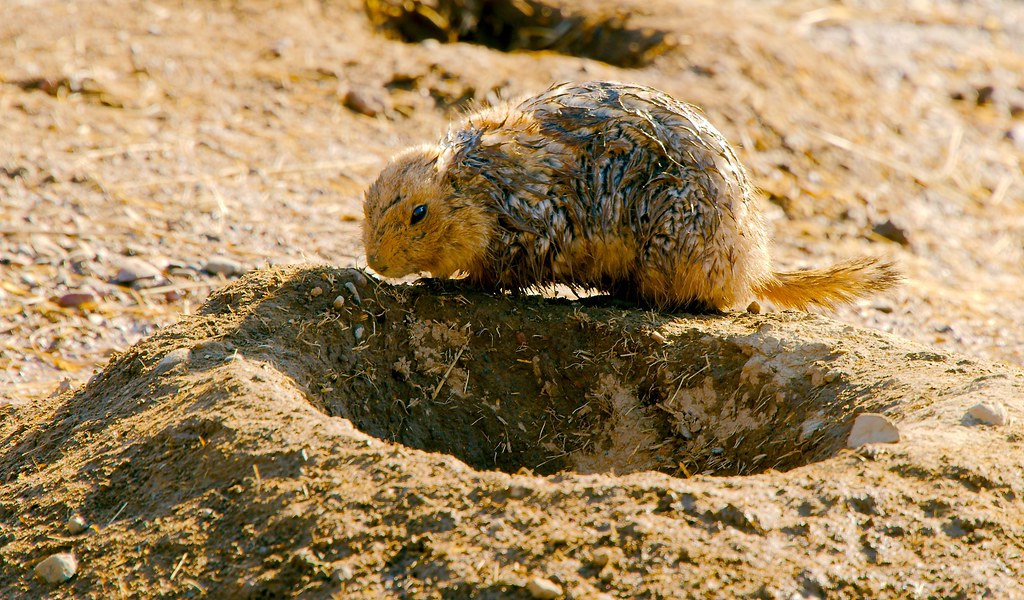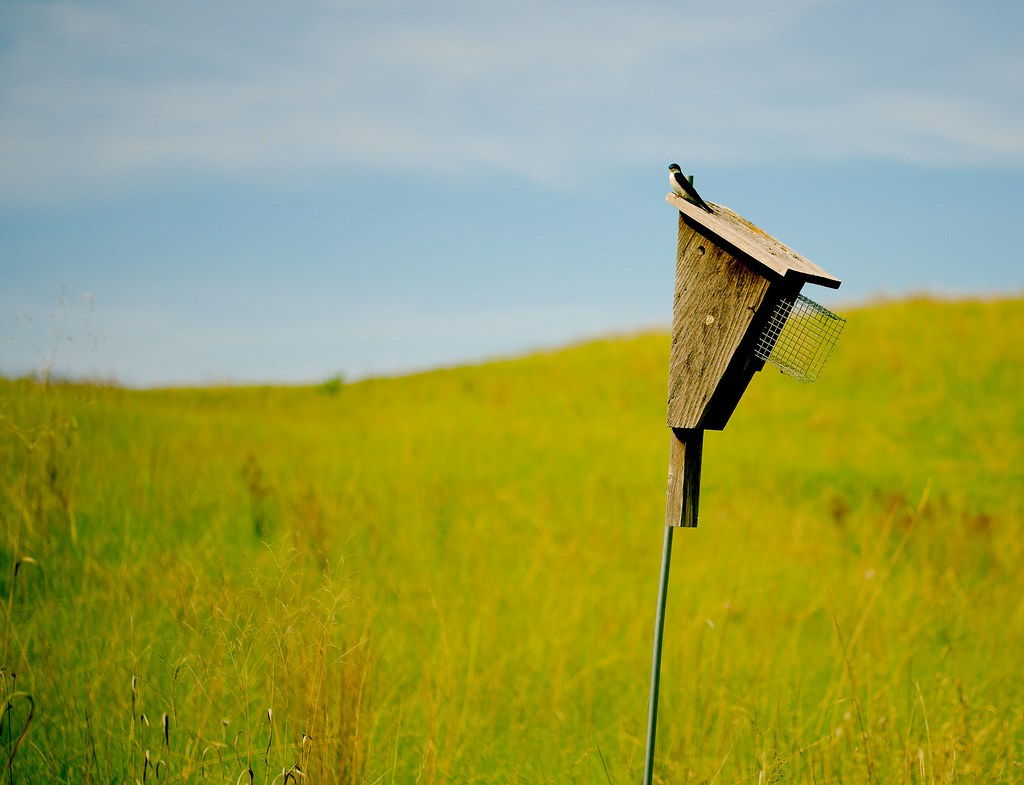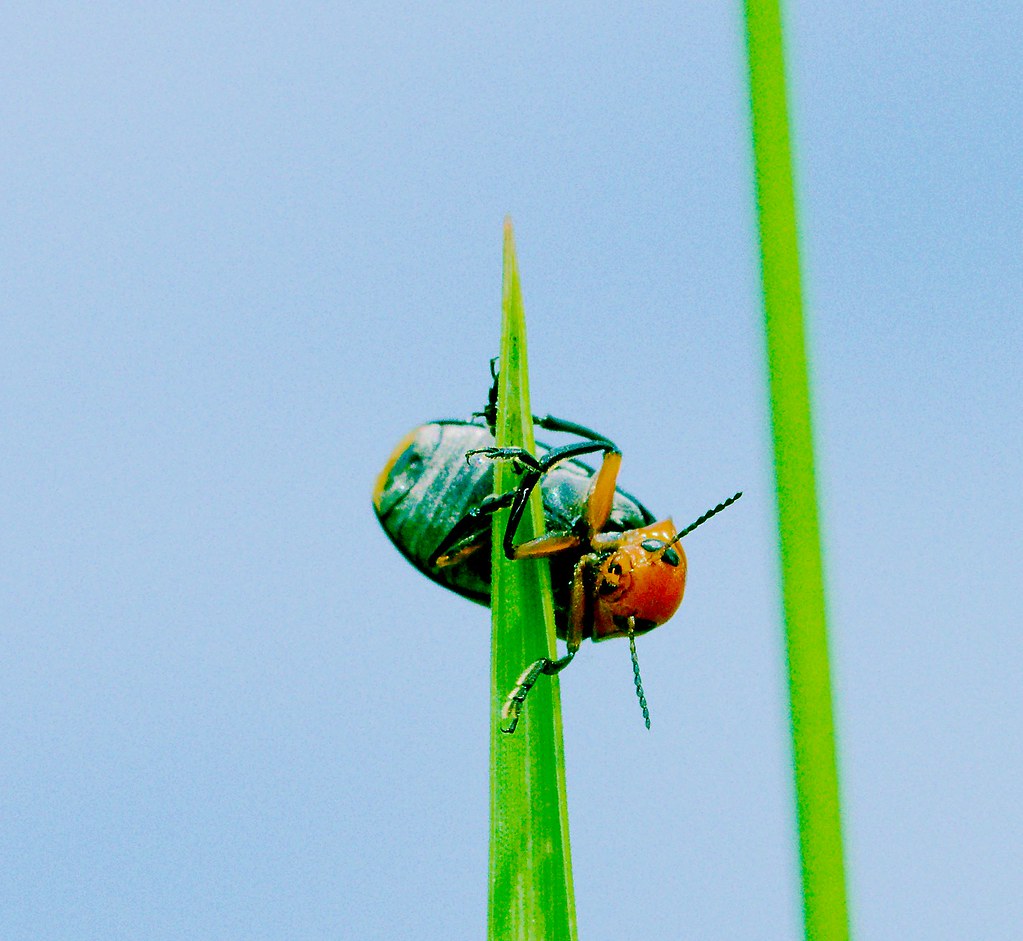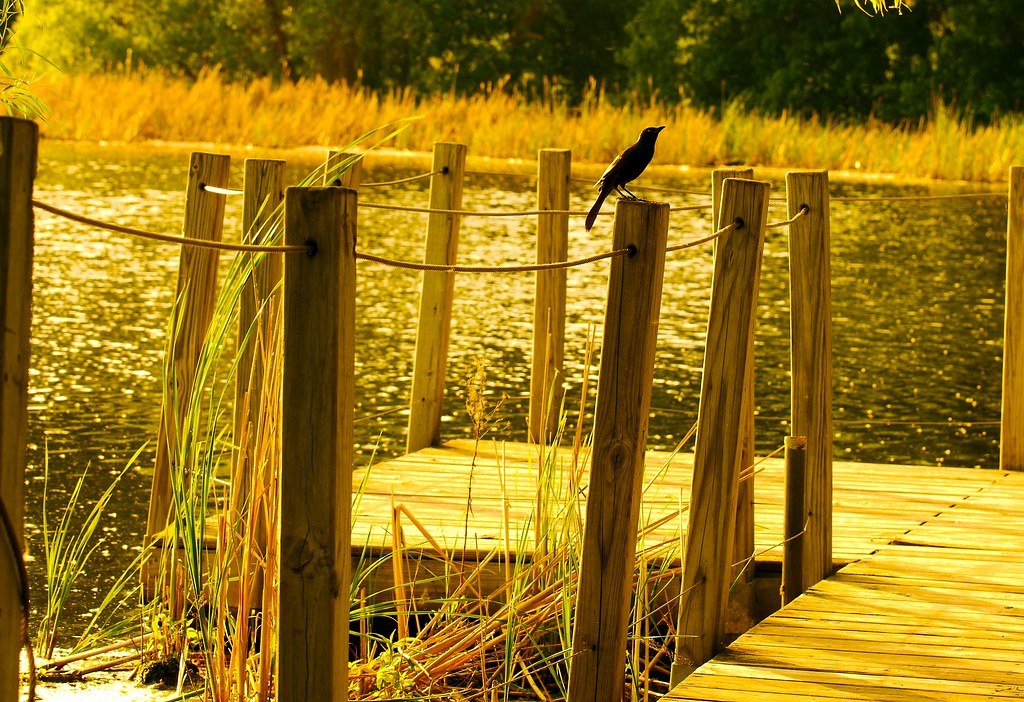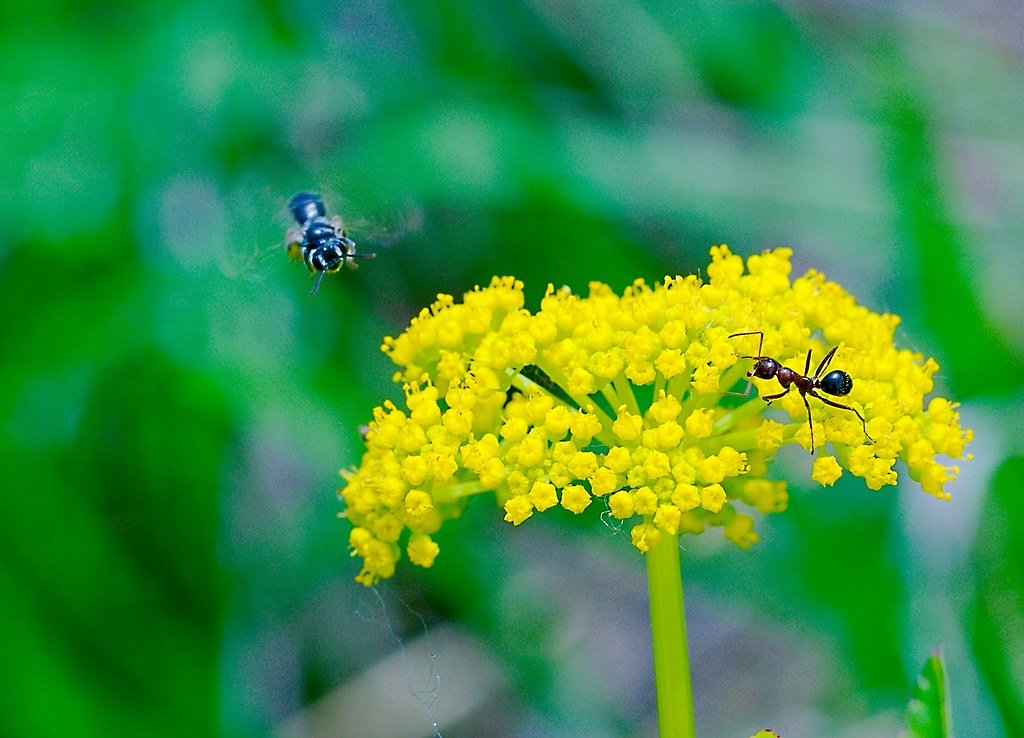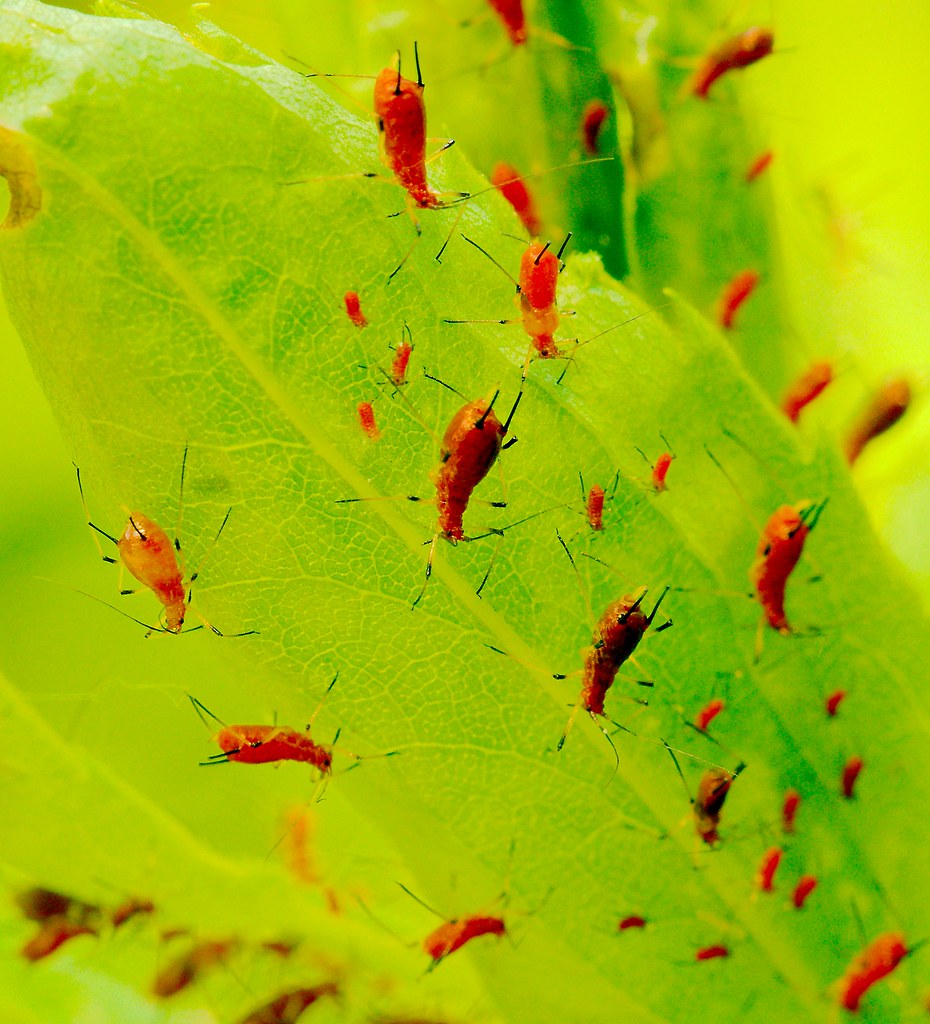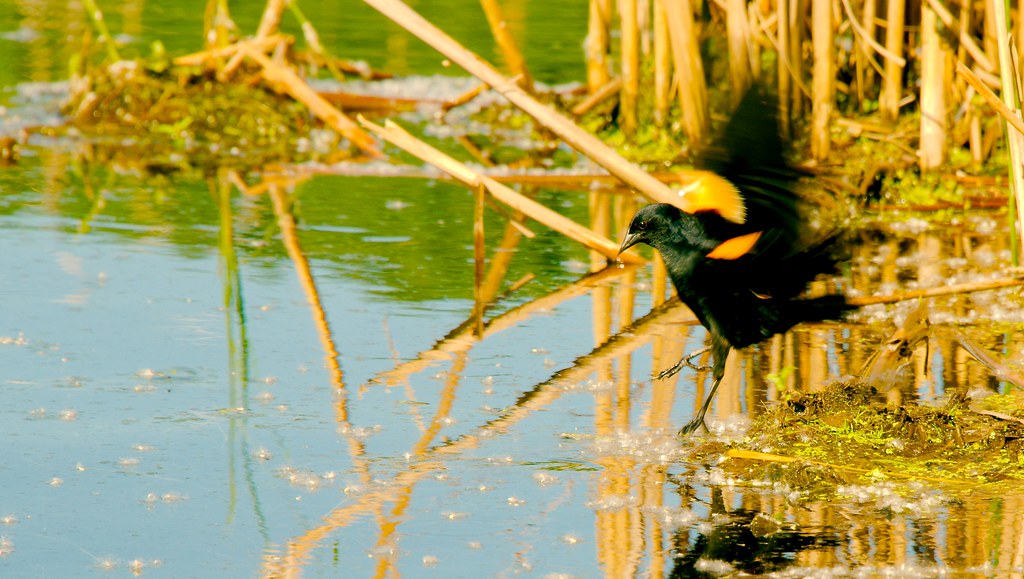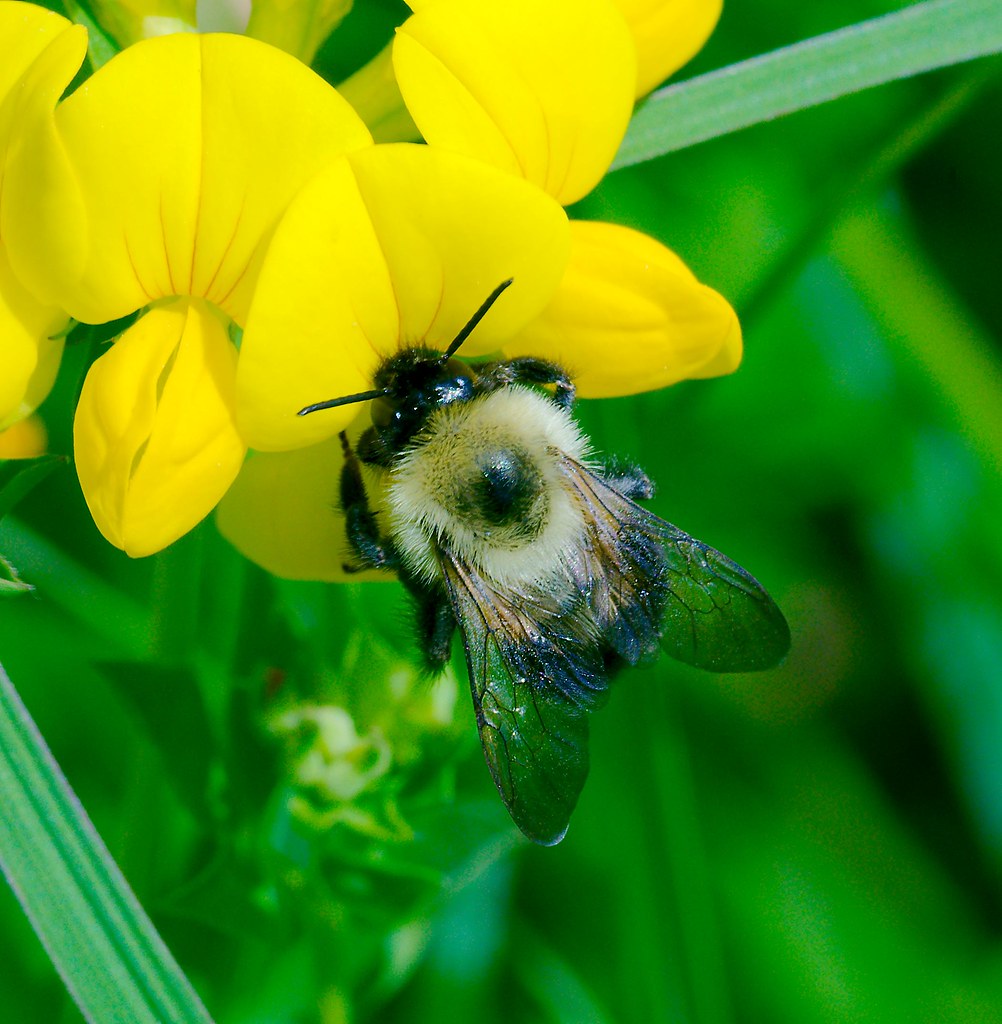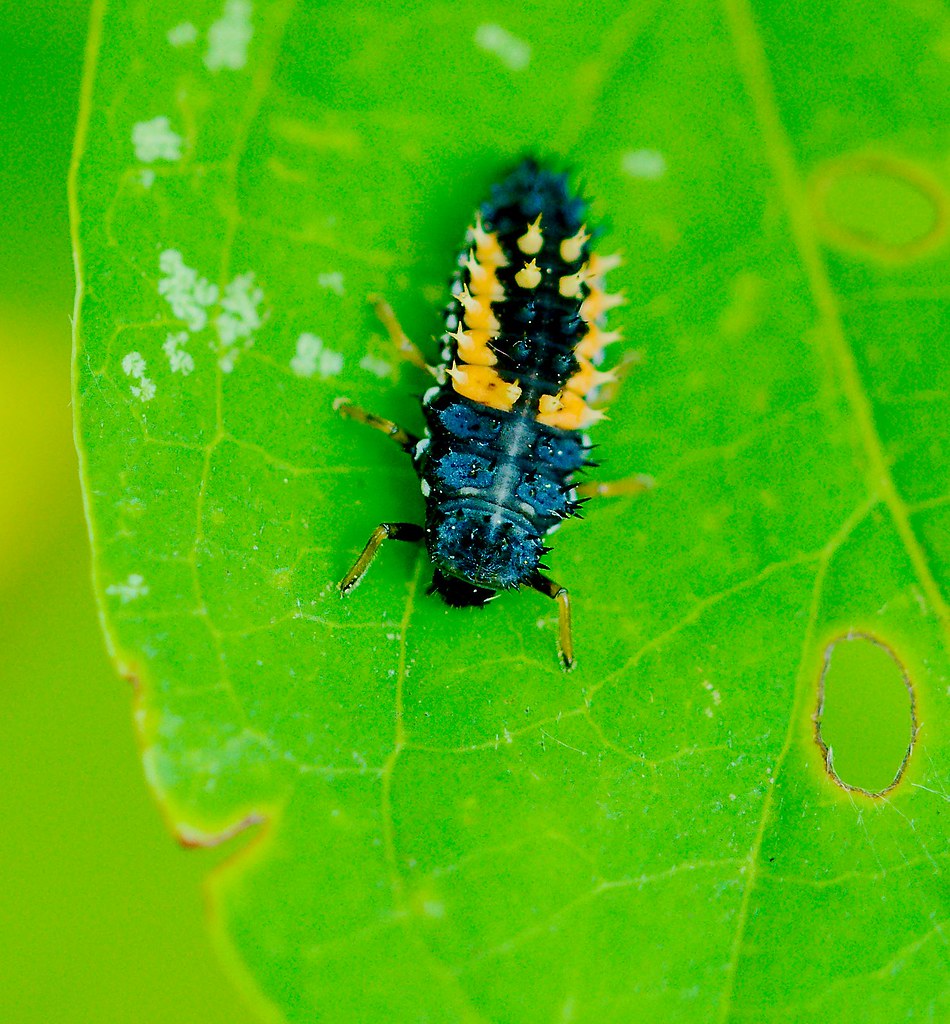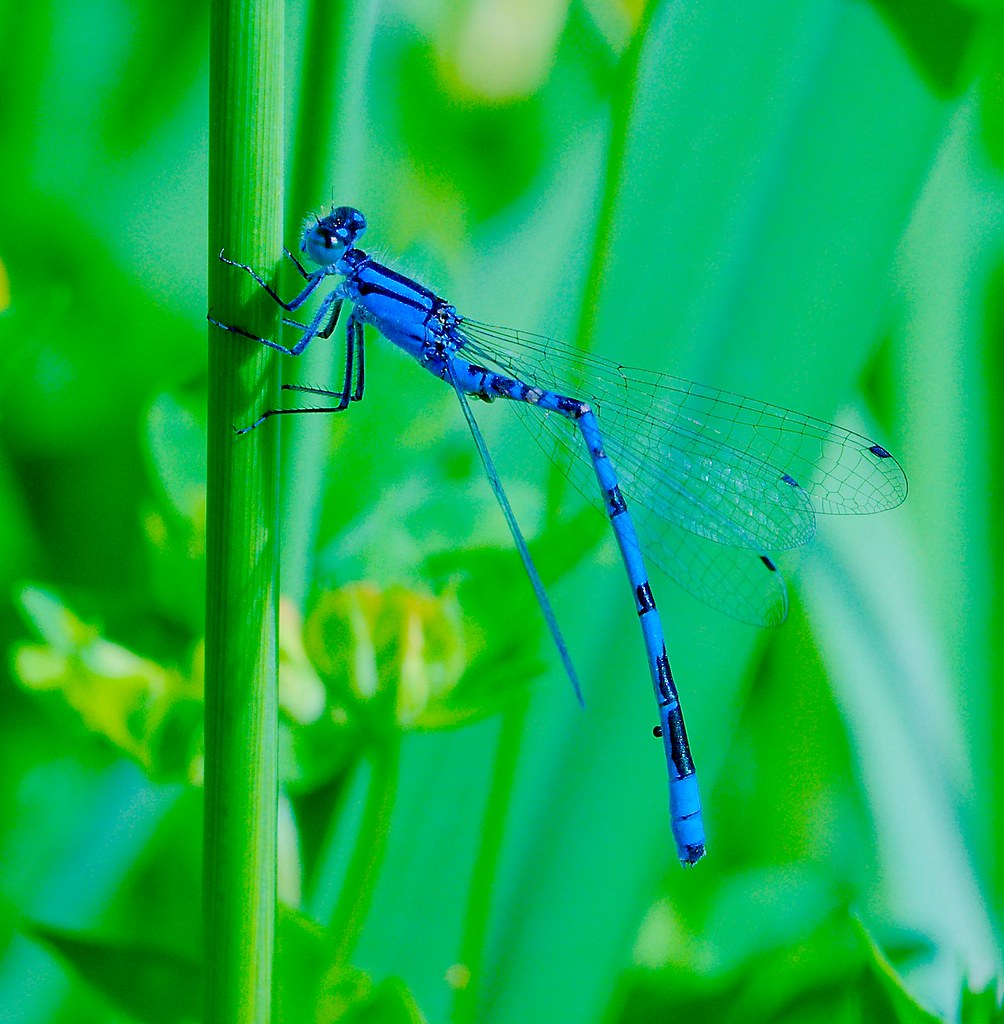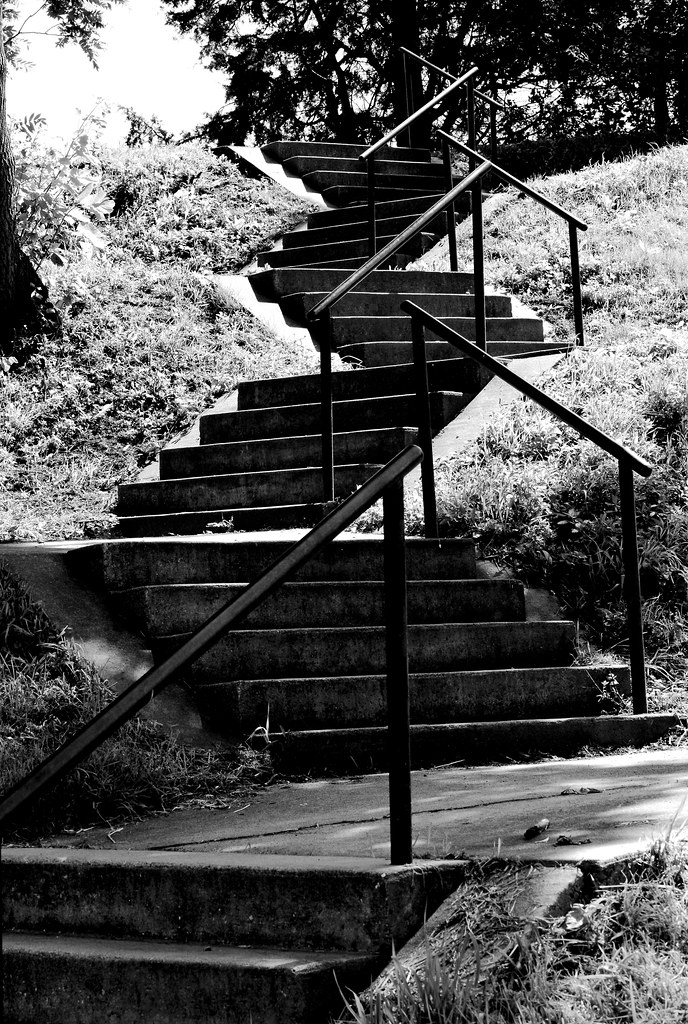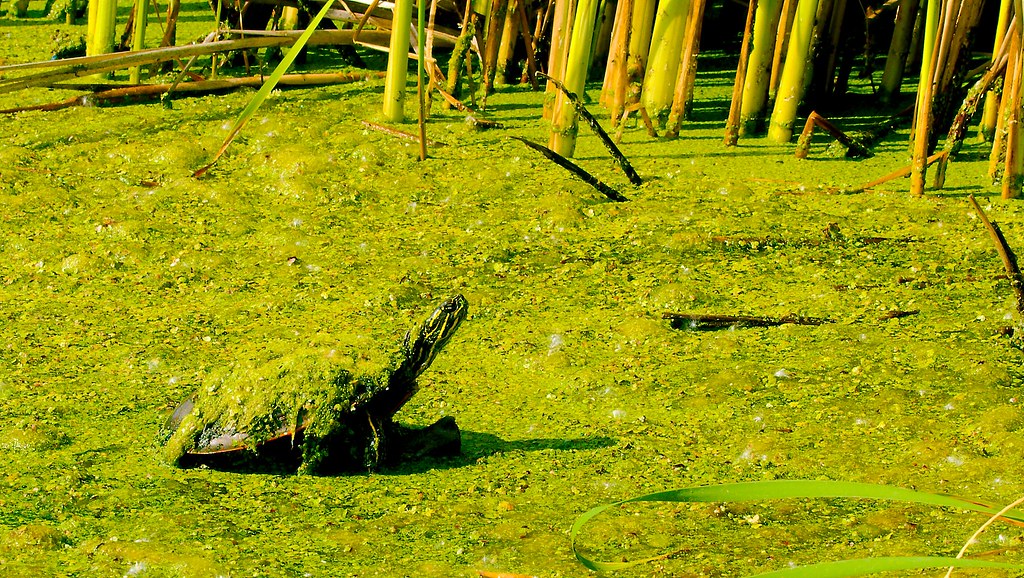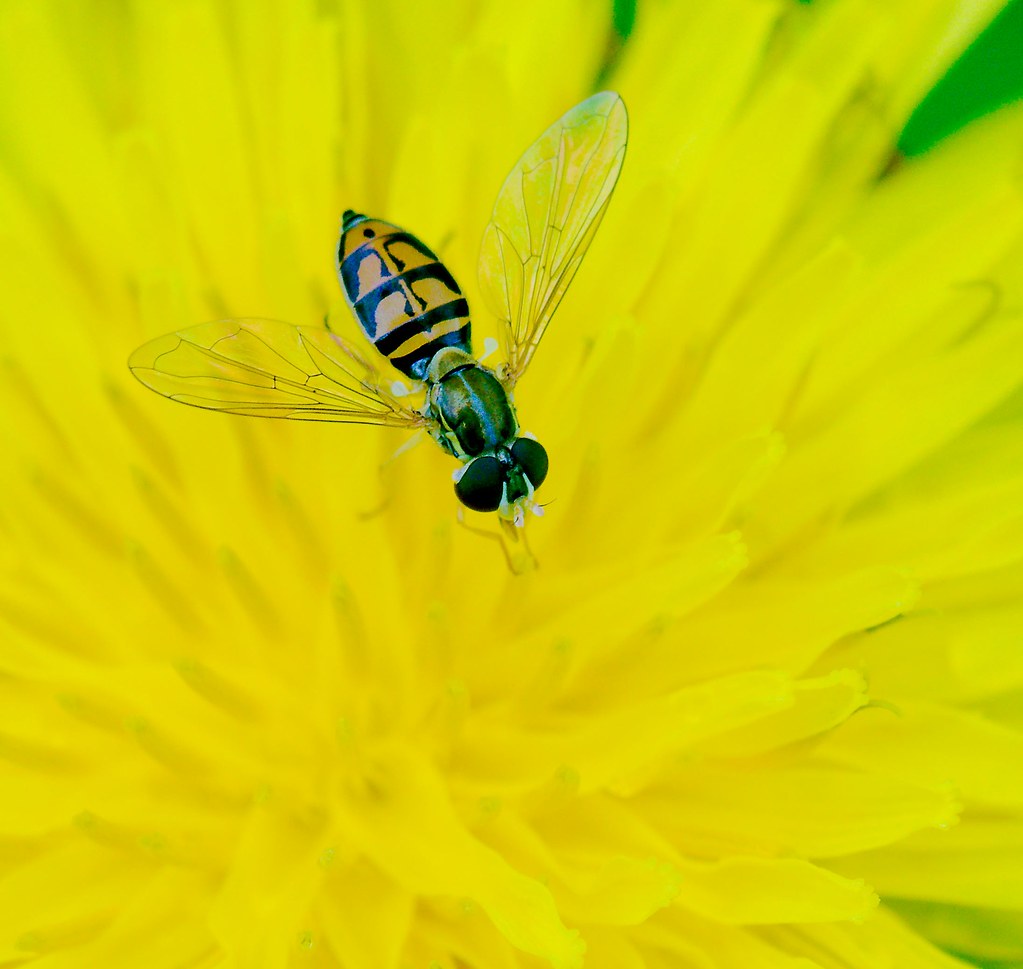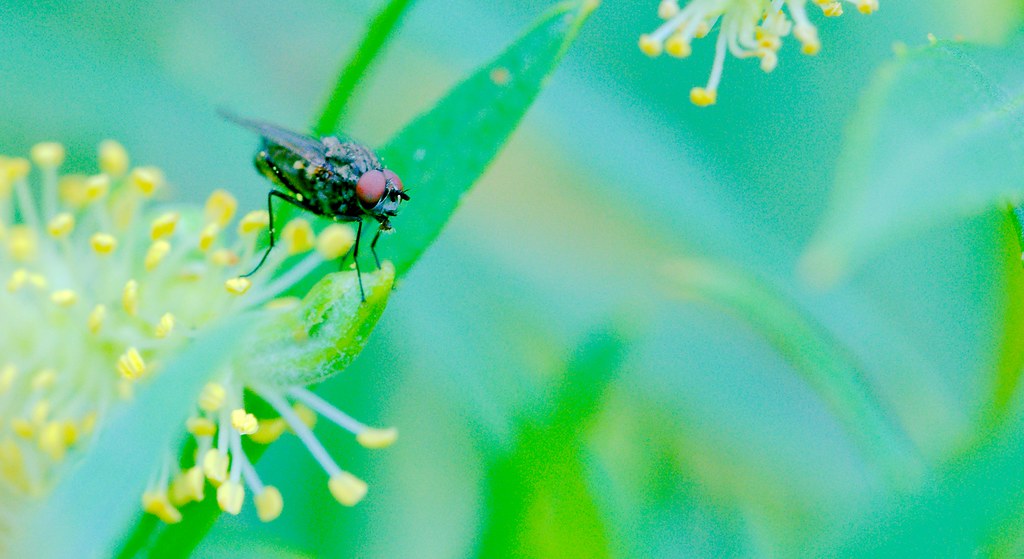When fish transform into birds, it is generally best that they be near the water’s surface.
Images
Dhole (Cuon alpinus)
Amur Tiger (Panthera tigris altaica)
She gets sad sometimes. She knows not why.
Life is, after all, rather pleasant. The summer sun feels nice. There’s little wind. Her belly is full.
Still, her mind keeps turning to the past and to the future. She cannot focus on the now, where things are good. She remembers the before, and thinks of friends now gone. She thinks of the to be, and of her friends of today that will no longer be there, in the then.
A loner by nature, she nonetheless longs for company. Yet when company is found, wishes for solitude. Never satisfied. Never unthinking. Never at peace.
Perhaps, she ponders, emotions are a form of weather — some days being intrinsically sad in the same way that some days are inexplicably joyous. Maybe patterns of feelings swirl the globe, and some are just sensitive to the ebbs and flows. Could such a thing be measured, she wonders, with forecasts made and warnings released. Is that why some storms are called tropical depressions? Is this why pressure is described as high and low?
She thinks of the days when storms have swept through her life, life becoming a cataclysmic torrent of thunder, lightning, and rain interspersed with calm and sun; biting wind becoming gentle breeze in minutes, yet with the promise of turning once again, without warning. She wonders if anyone else feels like a maple seed, buffeted storm to storm, hoping to eventually land somewhere safe, to rest, to grow, and to, over time, become something else, something stronger.
She feels that no one does, but as she thinks, she remembers two others. Yes, there have been some. Some that knew. That she could talk to, that understood when some things just were and no amount of effort could change what was into something that was not to be. She remembers discussions, stretching deep into the night. Finding comprehension in others. Finding a strange sort of joy in discussing pain. But alas, they are gone now, lost to the past, naught by memory.
So she sits, alone, accompanied by none but a dandelion, ephemeral as all things, and thinks of things that were not and will never be.
Blind to the now.
Bridge
Japanese Macaque (Macaca fuscata)
Prairie Dog performing Winter’s Tale
Birdhouse
Beetle
Grackle
The fable of the ant, the bee, and the grasshopper
The ant and the bee both hatched in the early spring and were taught their respective trades by their elders. Every day, the ant worked hard bringing food into the colony. And every day, the bee worked bringing food into its own colony. Throughout the spring, rain or shine, they would meet at a different flower in the garden and divide that day’s pollen so each colony would get enough. On particularly nice days, a grasshopper would come by to chat, but they ignored him, for the work was more important. Their queens demanded obedience.
Summer came, and they were able to work faster and more consistently. Every time they met, they would exchange brief greetings, and then get on with the work. The work was critical. Work was how the colonies would survive. How the colonies would thrive. As they worked, the grasshopper would look on, occasionally playing his fiddle* and trying to get them to take a break and relax with him. He was always unsuccessful.
As autumn came, both the ant and the bee began to slow down. They were getting old. However, they kept working. To not work was nearly unthinkable. The grasshopper attempted to sway them to his way of life, holding parties in different areas of the garden. However, each time one of them thought about giving in to relaxation and joy, they would look at the other, the ant drawing inspiration from the bee, and the bee getting support from the ant. Though it was harder, they kept working, and both of their colonies began to prepare for the winter. They knew their queens needed their help if the colony was to survive.
Winter began with a cold breeze and a quick frost. Neither the ant nor the bee could leave the colony that morning, and it wasn’t until the following day when the thin layer of ice melted and they could leave for the garden. There, they saw no more flowers to harvest. They saw that, finally, their work was done. As they investigated, they came across the dying grasshopper, caught in the early frost. As he lay there gasping** he admitted that there might be some value in hard work and apologized for distracting them so often. He wished he had worked hard to prepare for winter. And with that, he died.
With great senses of self justification, the ant and the bee each returned to their own respective colonies. However, it was cold, and journeys that once took only a few minutes, consumed the remainder of the day. Dusk was falling when each reached their own home. The bee found the hive door closed and no way to open it. The ant found all the entrances and exits blocked. Each colony had sealed for the winter.
Night came, and with it, another round of freezing cold. Both the ant and the bee died, near their former homes, wishing they had each taken some time to play and enjoy their lives, at least a little bit.
Meanwhile, in each colony, the queens laid next year’s worker eggs, so they could live another year in comfort and bliss.
Moral: Those in power screw over everyone else. Also, winter kinda sucks.
* It is worth noting, in the interest of scientific accuracy, that grasshoppers do not play literal fiddles. Instead they rub their legs against their wings, in a similar manner as fiddles, but without the little tuning pegs, so their range of sound is limited. This is why professional musicians do not play grasshoppers.
** Technically, grasshoppers don’t have lungs, but they do move their body as air rushes in and out of their spiracles. Since this doesn’t pass vocal cords, gasping for breath doesn’t interfere with communication as it does in humans.
Aphids
Red Winged Blackbird
Bee
“There is reason for concern regarding the survivability of certain bee populations.” –Science
“All the bees are gonna die!” –Science Reporting
“All the bees are gonna die and we’re all gonna die too because of pollination and stuff!” –Science Blogging
“Five ways to save the bees.” –CNN
“How to help bees, monarch butterflies, and other insects that are being affected by our changing world.” –NPR
“Which dying bee are you?” –Buzzfeed
“This bee seems fine. Obama wants to eat your children. Also, booga booga boo!” –FOX News
Critter
Critter warriors prefer to ride these beasts into battle, because their protrusions function as merlons on crenellated parapets for archery while their spikes make it harder for combatants to mount them via siege weapons. Their speed isn’t as great as the winged airforce, but quite decent for land-based combat.
One warrior tribe thus mounted can successfully attack entire armies mounted on earthworms and even small groups on pillbugs.
